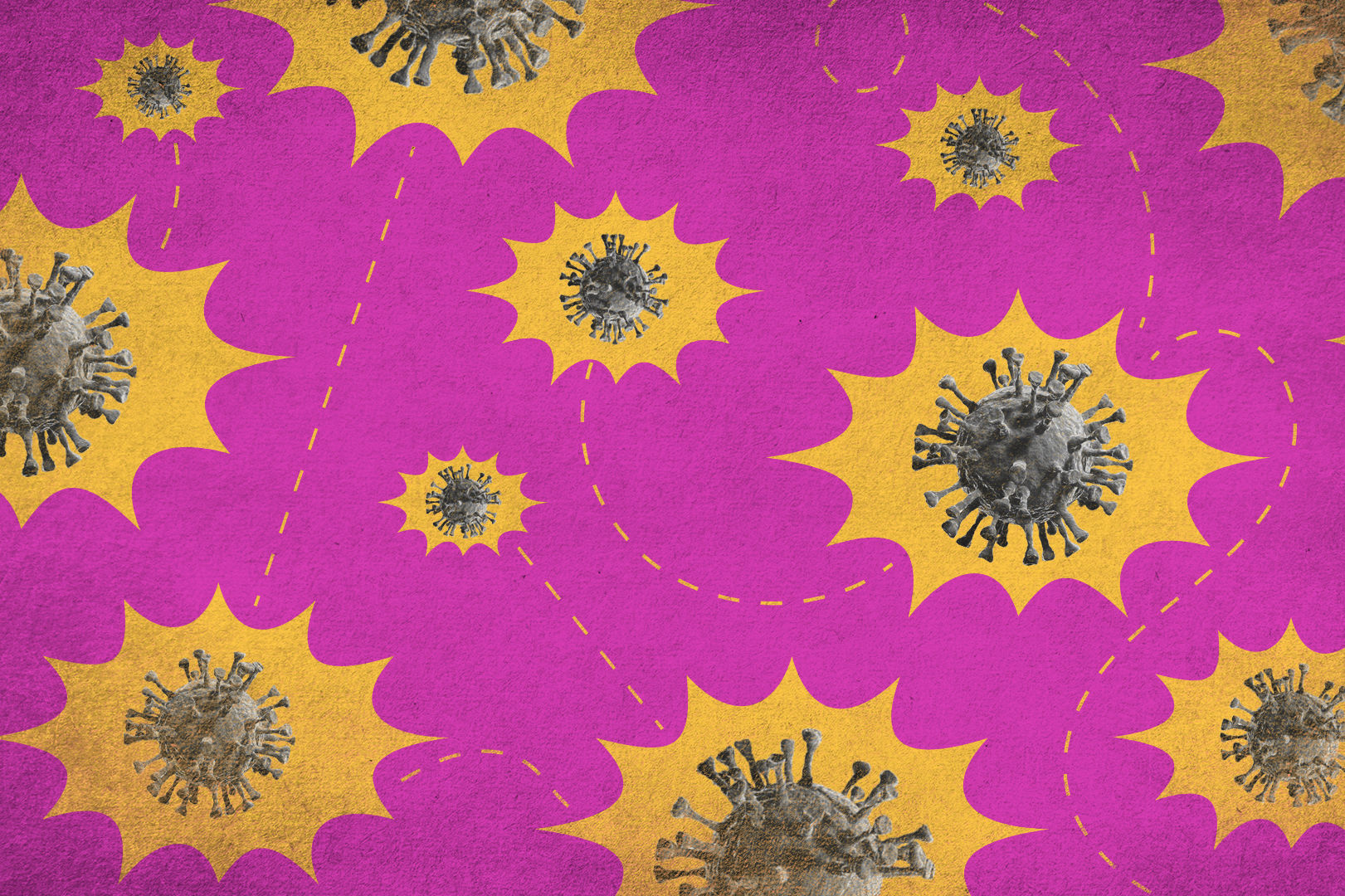
Oregon’s Contact Tracing App Was Slated for Release in January. It’s More than a Little Overdue.
In the fight against surging COVID-19 rates, exposure notification apps—which ping you when you’ve been in close proximity with someone who has tested positive for the virus—have become some states’ “silver bullet.” But while other states moved from old-school person-to-person tracing relatively quickly, Oregon is still hoofing it, technologically.

In December, the Oregon Health Authority announced a COVID-19 exposure notification app would be available for Oregonians in January. But January came and went without an app, aside from a brief accidental release (which the OHA blamed on Apple). Now it’s March, the one-year marker for the pandemic, and still no app.
What gives?
The app, which was developed by Apple and Google, and piloted locally at Oregon State University in the fall, is “still under development but still expected to go live sometime in the spring,” says Jonathan Modie, an OHA spokesperson. “The OHA is still assessing the results of a now-completed Oregon State University pilot of the application to determine a date for rolling it out.”
A spokesperson for OSU did not return repeated requests for comment on how the pilot program had worked at the university. On its website, Oregon State says feedback from the trial run there was intended to be used to inform the statewide rollout.
At least 21 states have available exposure notification apps, including Oregon’s neighboring Western Pact states: Washington, California, and Nevada.

Crucially, there has been no nationally standard app, like those in Canada and the European Union. Instead, Google and Apple originally required states to develop unique interfaces. Rather than using a single contact tracing app nationally, each state’s public health authority must adopt the platforms and then create an app for their state. In September, the platforms announced an Exposure Notifications Express (ENE) system that would allow states to use the platforms without added costs for building unique interfaces.
Nevada launched its app back in August and has already gone through several updates to improve the system. The apps are now designed to interact with other state’s apps, but only if the states opt into the system.
Oregon initially had a good mobilization and the necessary workforce to conduct person-to-person contact tracing, but as case numbers rose exponentially, contact tracers couldn’t keep up—making an exposure notification app seem more necessary.
That’s partly why Oregon Gov. Kate Brown called it a priority when plans for the app were announced, enthusing in Oregon’s initial announcement of the app endeavor, “Knowledge is power when it comes to stopping the spread of COVID-19, and this pilot project will help people make informed decisions to keep themselves healthy, while still protecting individual privacy.”
The big question: Is it still a necessity, or will it be outdated by the time it finally hits the app store, especially as case counts statewide continue to plummet?
Modie told Portland Monthly the app remains a “priority.” But even if the app is released by this spring, it may not be as successful in the fight against the spreading virus as Brown hopes. When infection prevalence is high, contact tracing is imperative, but when the rates start to taper off and volunteer tracers can manage the load, an exposure notification interface might be less needed.
Or maybe not, especially given how unpredictable the coronavirus has been. Numbers are currently declining, but Oregon could see another wave toward the end of March or beginning of April, says Peter Graven, assistant professor of health management, systems, and policy at OSU. The severity, he says, “depend[s] on how fast variants spread and how much [Oregon] relaxes restrictions ahead of time.”

Like those in other states, Oregon’s proposed exposure notification system will run on self-reporting, which introduces a certain level of uncertainty and/or human error. As with Washington’s app, when contact tracers notify a person that they have a confirmed case of COVID-19, they direct the person to enter a verification code into their app, signifying their confirmed case. From there, the app will notify people with the app who have been in close proximity of the infected person (or whose phones have been close to the infected person's phone). Without a high level of buy-in, the opt-in system could nullify the app.
Because the app uses a Bluetooth signal, it also isn’t sophisticated enough to measure the type of exposure or the level of precautions taken at the time of exposure—the app won’t tell you, for instance, if you and the infected person both had masks on, and it probably won]t log if your DoorDash driver had COVID-19 when they delivered your food. It is more effective in targeting exposures in public areas—restaurants, grocery stores, malls, and offices.




